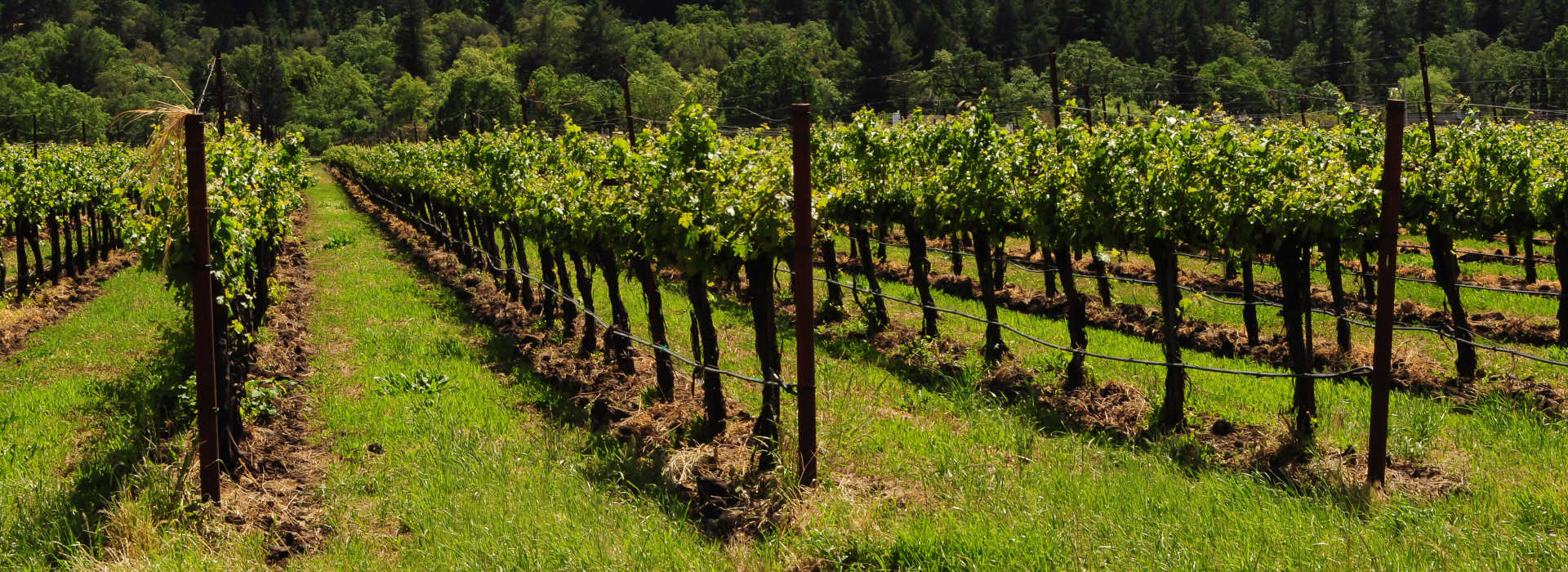Chateau Pedesclaux Fleur de Pedesclaux 2018
-
James
Suckling - Decanter



Product Details
Your Rating
Somm Note
Winemaker Notes
The Fleur de Pédesclaux 2018 is characterized by a rich nose of wild blackberries and gariguette strawberries, supported by spicy notes of cedar, camphor and Sichuan pepper. The palate, delicate and fresh, is supported by soft, velvety tannins. The finish, sapid and decadent, confirms the refined style of the Fleur de Pédesclaux.
Blend: 56 % Cabernet Sauvignon, 37 % Merlot, 4 % Petit Verdot, 3% Cabernet
Franc
Professional Ratings
-
James Suckling
Fresh blackberry, blueberry, pencil lead, oyster shell and crushed stones. Conifer and vanilla, too. It’s medium-to full-bodied with firm, fine-grained tannin's. Mineral and refined. Beautiful second wine. Try from 2024.
-
Decanter
Good balance and well-defined fruits here. An enjoyable second wine, with a Pauillac character combined with a confident, sweet black cherry push of fruit though the mid-palate. Good-quality.




The Chateau Pedesclaux was created in the beginning of the 19 century, in 1810, by Mr Pierre Urbain Pedesclaux, a well-known wine broker of Bordeaux. In 1855, the Chateau Pedesclaux was classified 5° great growth.
In 1891, the Count of Gastebois bought the property. It was the subject of a full reconstruction, which helped to improve the quality of the wines. After the death of Mr. de Gastebois in 1904, the administration of the estate is entrusted to his son-in-law, Count Bernard de Vesins. He bequeathed the property in 1919 to his grandchildren, the Count of Xavier Erceville and Count Michel du Lac. In 1928, the first crusher-de-stalker Médocain COQ brand is used at the Chateau Pedesclaux.

One of the world’s most classic and popular styles of red wine, Bordeaux-inspired blends have spread from their homeland in France to nearly every corner of the New World. Typically based on either Cabernet Sauvignon or Merlot and supported by Cabernet Franc, Malbec and Petit Verdot, the best of these are densely hued, fragrant, full of fruit and boast a structure that begs for cellar time. Somm Secret—Blends from Bordeaux are generally earthier compared to those from the New World, which tend to be fruit-dominant.

The leader on the Left Bank in number of first growth classified producers within its boundaries, Pauillac has more than any of the other appellations, at three of the five. Chateau Lafite Rothschild and Mouton Rothschild border St. Estephe on its northern end and Chateau Latour is at Pauillac’s southern end, bordering St. Julien.
While the first growths are certainly some of the better producers of the Left Bank, today they often compete with some of the “lower ranked” producers (second, third, fourth, fifth growth) in quality and value. The Left Bank of Bordeaux subscribes to an arguably outdated method of classification that goes back to 1855. The finest chateaux in that year were judged on the basis of reputation and trading price; changes in rank since then have been miniscule at best. Today producers such as Chateau Pontet-Canet, Chateau Grand Puy-Lacoste, Chateau Lynch-Bages, among others (all fifth growth) offer some of the most outstanding wines in all of Bordeaux.
Defining characteristics of fine wines from Pauillac (i.e. Cabernet-based Bordeaux Blends) include inky and juicy blackcurrant, cedar or cigar box and plush or chalky tannins.
Layers of gravel in the Pauillac region are key to its wines’ character and quality. The layers offer excellent drainage in the relatively flat topography of the region allowing water to run off into “jalles” or streams, which subsequently flow off into the Gironde.
